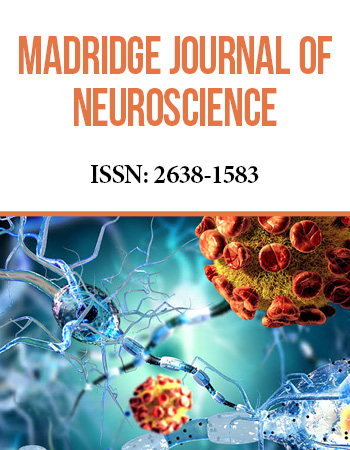International Neurology Conference
December 3-4, 2018 Valencia, Spain
Dance-like Movement of an Attempted Murderer? A Case Report
1National Forensic Hospital, Republic of Korea
2The Catholic University of Korea, Republic of Korea
3Naju National Hospital, Republic of Korea
4Wonkwang University Hospital, Republic of Korea
5Hallym University, Republic of Korea
6Jeju National University, Republic of Korea
7Dongguk University, Republic of Korea
8Konkuk University, Republic of Korea
9Inje University College of Medicine, Republic of Korea
10DepaSoonchunhyang University, Republic of Korea
Huntingtonʼs disease (HD) is a rare, fatal inherited disorder that results from excessive repetition of the trinucleotide sequence CAG (cytosine-adenine-guanine) in the Huntingtonʼs disease gene on the short arm of Chromosome 4. Huntingtonʼs disease is characterized by the triad of symptoms: motor, cognitive, and psychiatric disturbances. Among them, the motor disturbance includes chorea, slurred speech, problems with balance, and dysphagia. Because forensic evaluators are highly likely to encounter the malingering, they must keep in mind the possibility of malingering and/or minimization or exaggeration of symptoms. If the evaluators does not thoroughly assess because of excessive preconceptions, the likelihood of misdiagnosis might be increased. The author will describe a 48-years old woman who attempted murder and manifested chorea in all limbs, dysarthria, and dysphagia, and discuss a diagnostic process of the case with HD.
Keywords: Huntingtonʼs disease.


